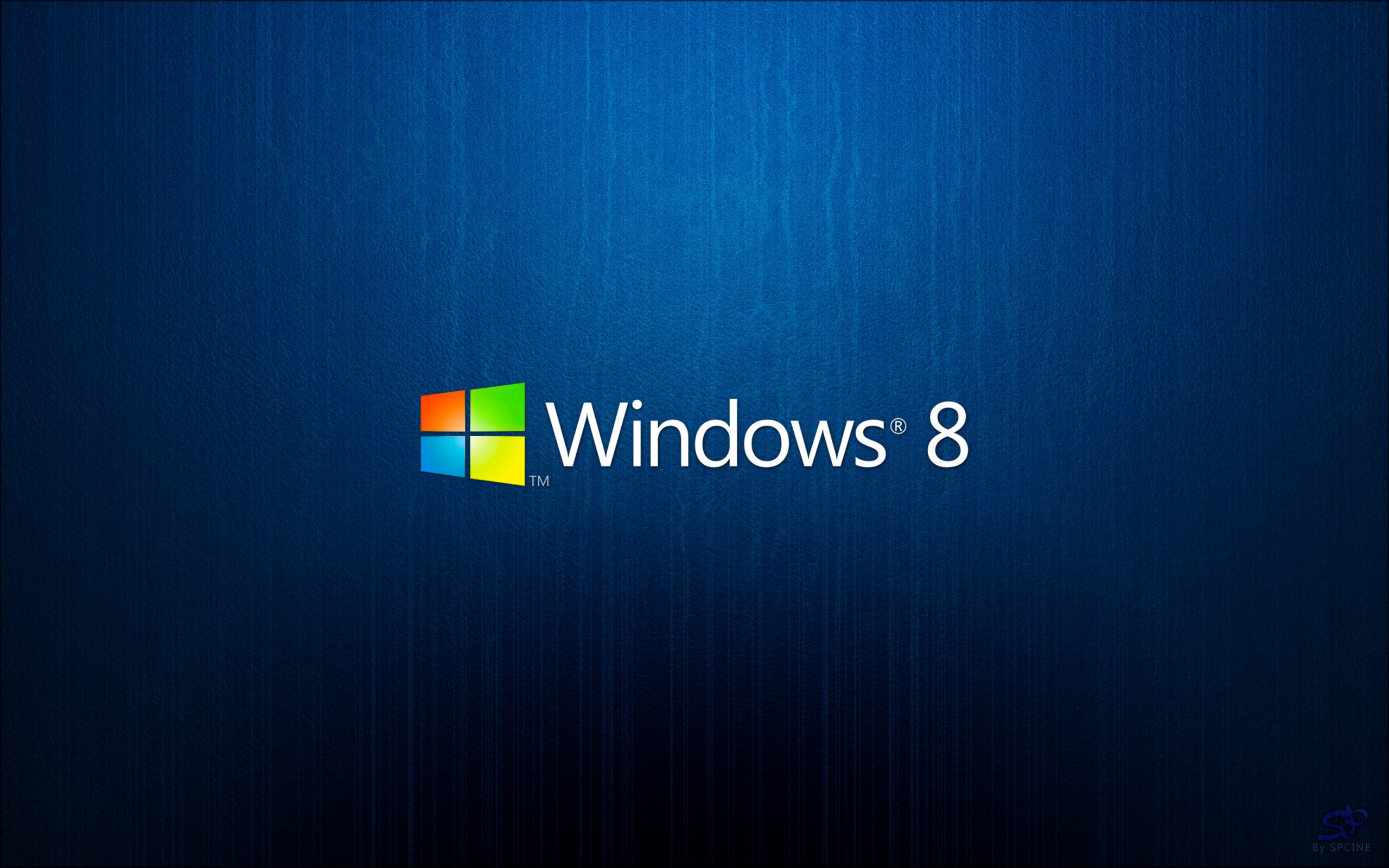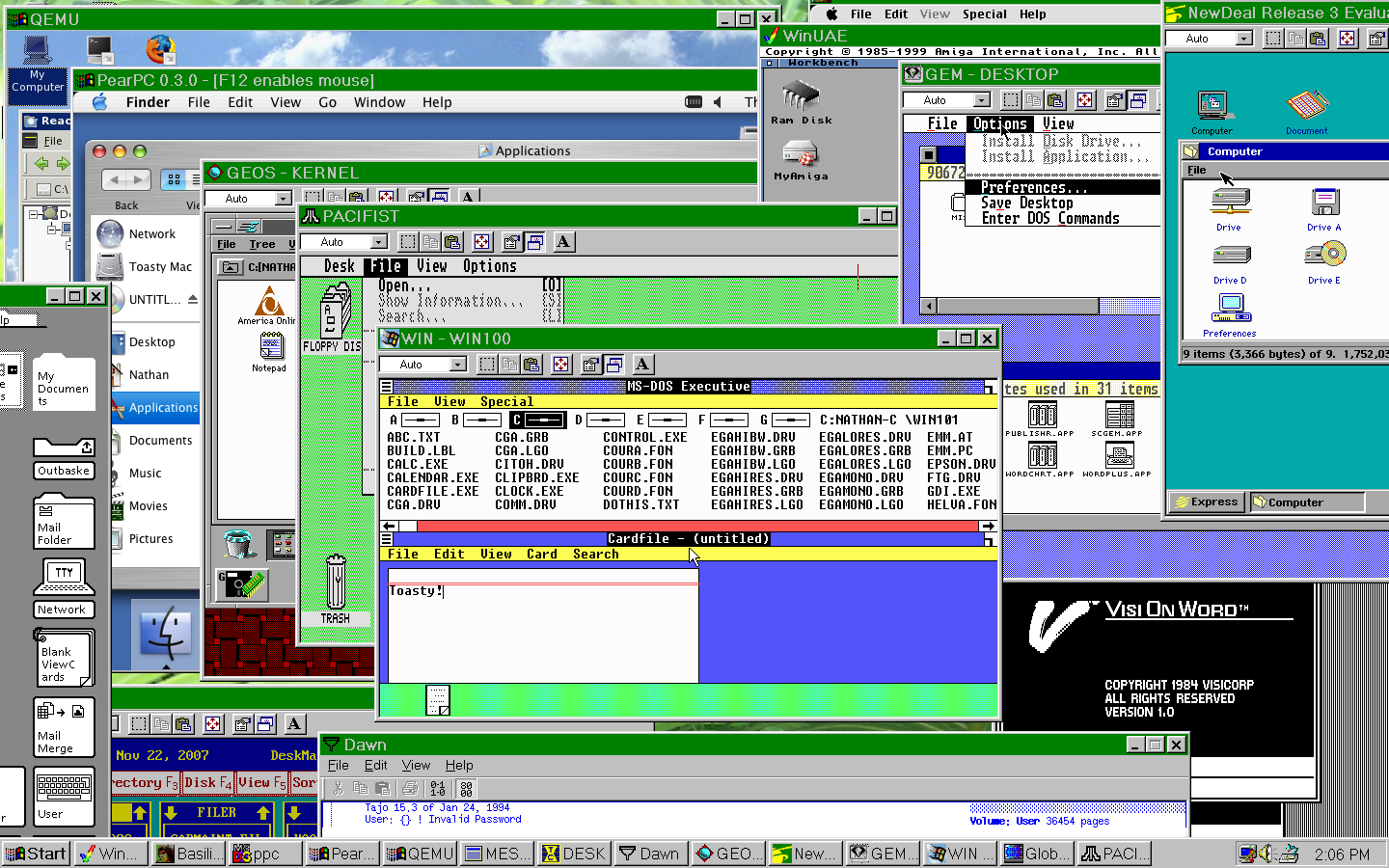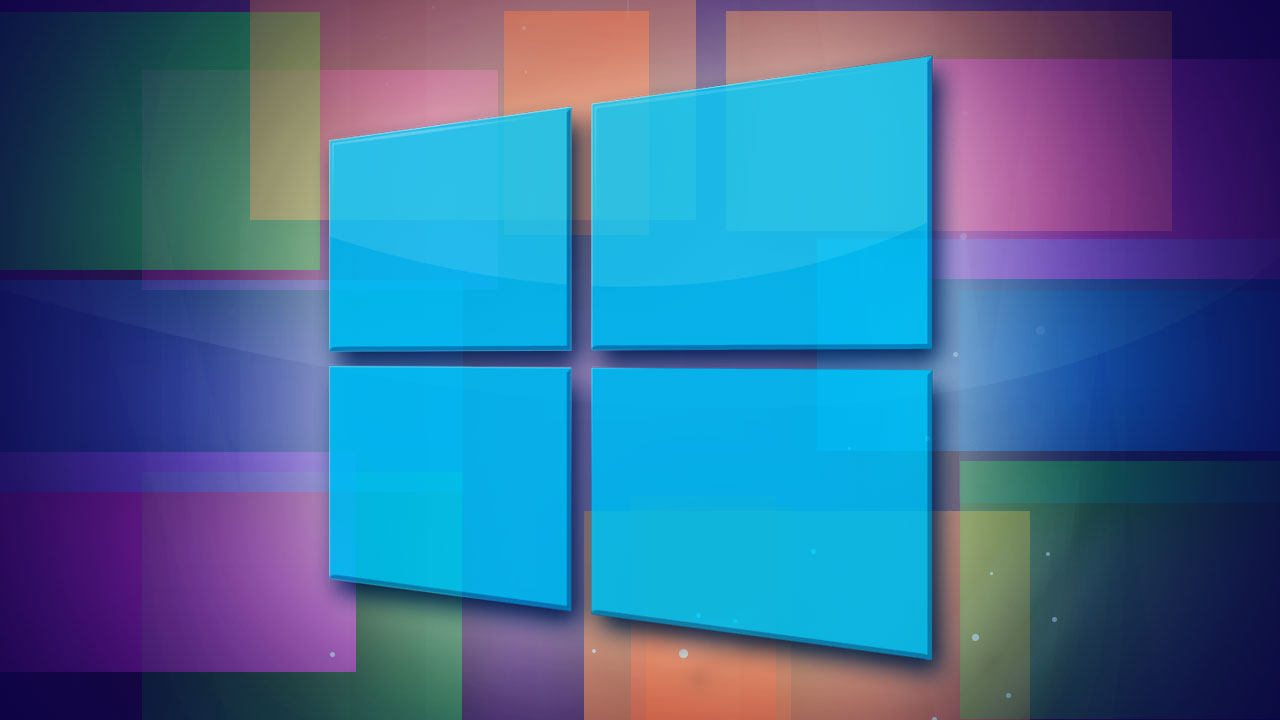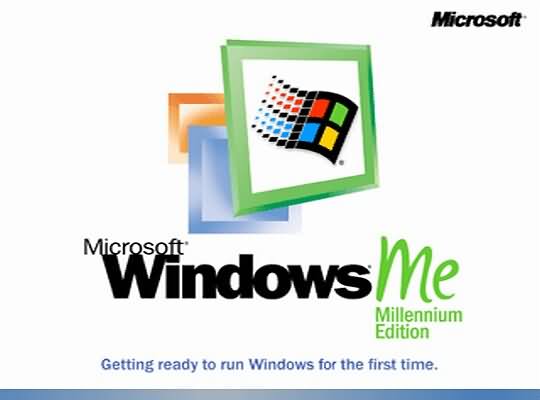Windows 8
Windows 8 is an operating system from Microsoft for desktop, laptops, netbooks and tablet computers. It is the successor to Windows 7. Was officially announced by Steve Ballmer, CEO of Microsoft, during the conference pre-release operating system. According to the company, this operating system is a system for any device with an entirely new interface tailored for touch devices.
Windows 7
In Beta you can already see small changes, such as increased integration of Multicore processor and faster startup. Still presented a Release Candidate in May 2009 with several improvements over the Beta and already quite close to the final version. It was released on 22 October 2009.
Includes innovations in the interface, using larger icons on the taskbar (taskbar), similar to the Mac OS (DockStation), with higher transparent as compared to Windows Vista. In the new taskbar you can pin programs (as it did in earlier versions through the Quick Launch bar), but differently, to open a program set the same shortcut becomes the open window, not displaying a second icon on the taskbar. Also, when clicking on an icon on the taskbar and drag the mouse up with the button is displayed Jump List, with a number of own program shortcuts and file list displayed by him recently.
Windows Vista
Also known as Windows NT 6.0 and the code name Longhorn, Windows Vista has six versions, one streamlined and designed for developing countries. It was released in November 2006 and its sales to the public began on January 30, 2007.
The six different editions of Windows Vista are designed to fit the way you intend to use your PC. (Home basic, home premium).
Windows Server 2003
§ Windows version launched on April 24, 2003, also known as Windows NT 5.2, is the successor of Windows 2000 Server editions for the corporate environment. News in administration, Active Directory, and automating operations. This version of Windows is geared primarily for servers and large enterprises, own resources of the active servers and guarantee the security of data § Versions:. Web Edition, Standard Edition (x86 and x64), Enterprise Edition (x86 and x64) Datacenter x64 Edition and Small Business Server (x86 and x64). Windows Server 2003 R2 (x86 and x64) in Windows Server 2003 R2, version were introduced many new features compared to its predecessor. (Windows Server 2003 R2). § Windows version launched on April 24, 2003, also known as Windows NT 5.2 is the successor of Windows 2000 Server editions for the corporate environment. News in administration, Active Directory, and automating operations. This version of Windows is geared primarily for servers and large enterprises, own resources of the active servers and guarantee the security of data § Versions:. Web Edition, Standard Edition (x86 and x64), Enterprise Edition (x86 and x64) Datacenter x64 Edition and Small Business Server (x86 and x64). Windows Server 2003 R2 (x86 and x64) in Windows Server 2003 R2, version were introduced many new features compared to its predecessor. (Windows Server 2003 R2).
Windows XP
Launched on 25 October 2001, this version is also known as Windows NT 5.1. Runs on FAT 32 or NTFS file systems. The acronym derives from the word experience XP (eXPerience).
A major difference from previous versions is about the interface. This is the first radical change since the release of Windows 95. Based on OS / 2 from IBM, which some rights are shared between IBM and Microsoft, and, following the OS/2-NT-2000-XP line from this Windows, a new interface. Note an improvement in speed over previous versions, especially on machine startup. Hardware support has also been improved over versions 9x-Millenium definitely abandoned. (Home, Professional, Tablet PC Edition, Media Center Edition, Embedded, and Starter Edition 64-bit Edition).
Windows Odyssey
§ In the mid 1999-2000, Microsoft is developing an operating system that was canceled by the company, Windows Odyssey. He would succeed the Windows 2000 and Microsoft declined to move forward with this operating system, no one knows the reason for the cancellation of the company. To date nothing has been announced except the warning that it would be canceled.
Windows Neptune
Windows Neptune (in Portuguese: Windows Neptune) was a version of Microsoft Windows 32-bit that was developed between January 1999 and January 2000, released on December 25, 1999, being designed as a Home Edition of Windows 2000 as that this operating system was targeted at companies and people did not know how to take advantage of many features not needed them. If the project were continued, would be removed enterprise applications, and the computer would become much more multimedia. After Microsoft stop (or leave as is said by many sources) system development, many ideas not included in Windows 2000 and in it were put into practice at the Whistler project (launched in 2001 as Windows XP) and Microsoft released another operating system for DOS-based users, known Windows Me
Windows 2000
The Windows release of this occurred on February 17, 2000 (although the system is dated 1999), which was also called Windows NT 5.0 in its Beta phase, marked the beginning of the era NT (New Technology)
for ordinary users. Suffered problems of acceptance in the market due to security breaches, for example, storing passwords in a separate file and visible, which facilitated the action of hackers and intruders. Compared to previous Windows, a graphical interface displayed subtle differences such as a tone caque menus and redesigned icons and task bar, the same as the ME would later times.
Windows NT
Windows NT was first released by Microsoft in 1993 with the main objective to provide safety and comfort to users of shops and businesses (corporate environment) because Windows versions then available were not sufficiently stable and reliable. It was a 32 bit operating system, multitasking and multiuser of. The acronym means New Technology NT (New Technology in English). Brought the functionality of working as a file server. The NTs have a great stability and have the advantage of not having MS-DOS. The architecture of this version is heavily based on the micronucleus. (Windows NT 3.1).
Windows ME
It was released by Microsoft on September 14, 2000, being the latest attempt to provide a system based also on the old Windows 95. This version brought some innovations, such as support for digital cameras, to multi player games on the Internet and to building a home network (home networking). Introduced Movie Maker and Windows Media Player 7 (to compete with Real Player) and updated some programs. Introduced the "System Restore" feature (that saved the system state at a specific date, useful for undoing changes unsuccessful) and Internet Explorer 5.5.
Windows 98 SE
Windows 98 Second Edition was released in 1999 and this version was intended to correct the flaws (bugs) and solve the problems of instability of Windows 98. It included drivers and new programs. Replaced by Internet Explorer 4 version 5, which was faster, and introduced the Internet Connection Sharing, which allows the sharing of a "network of internet" for many computers. Also added NetMeeting 3 and DVD support. Many users classify this system as one of the best Microsoft, although it is an operating system that does not support true multitasking, and still having the DOS as its main core ... He kept the same core.
Windows 95
It was released on August 24, 1995. It was a completely new Windows, and Windows does not remember the family 3.xx. The jump from Windows 3.0 to Windows 95 was too big and a radical change in the presentation of the interface occurred. Introduced the Start Menu and Taskbar. While this version, the MS-DOS has lost most of its relevance since Windows can now be activated without the prior dependence on MS-DOS. The memory limitations still offered by Windows 3.0 were virtually eliminated in this version. (Windows 95 OSR 1).
Windows 2.0
Windows 2.0 was released on November 1, 1987 and has almost the same interface as Windows 1.0x, except to introduce more resources, tools and largest color palette, although the computers of that era were still very slow when they used a graphical user interface of good quality. Enables overlay windows and they can maximize and minimize. Was presented in eight high-density floppy 5.25 "360 KB each. (Home server).
Windows 3.00
§ The Windows 3.00 was the first widely successful Microsoft and was released on May 22, 1990. Unlike previous versions, it was a completely new Windows. Technically today, this version is considered the first graphic system of the company. It was a graphic 16-bit system, but still needed first to enable MS-DOS to activate Windows. Replaced the MS-DOS Executive by the Program Manager and File Manager applications that simplified and made more practical system.

























